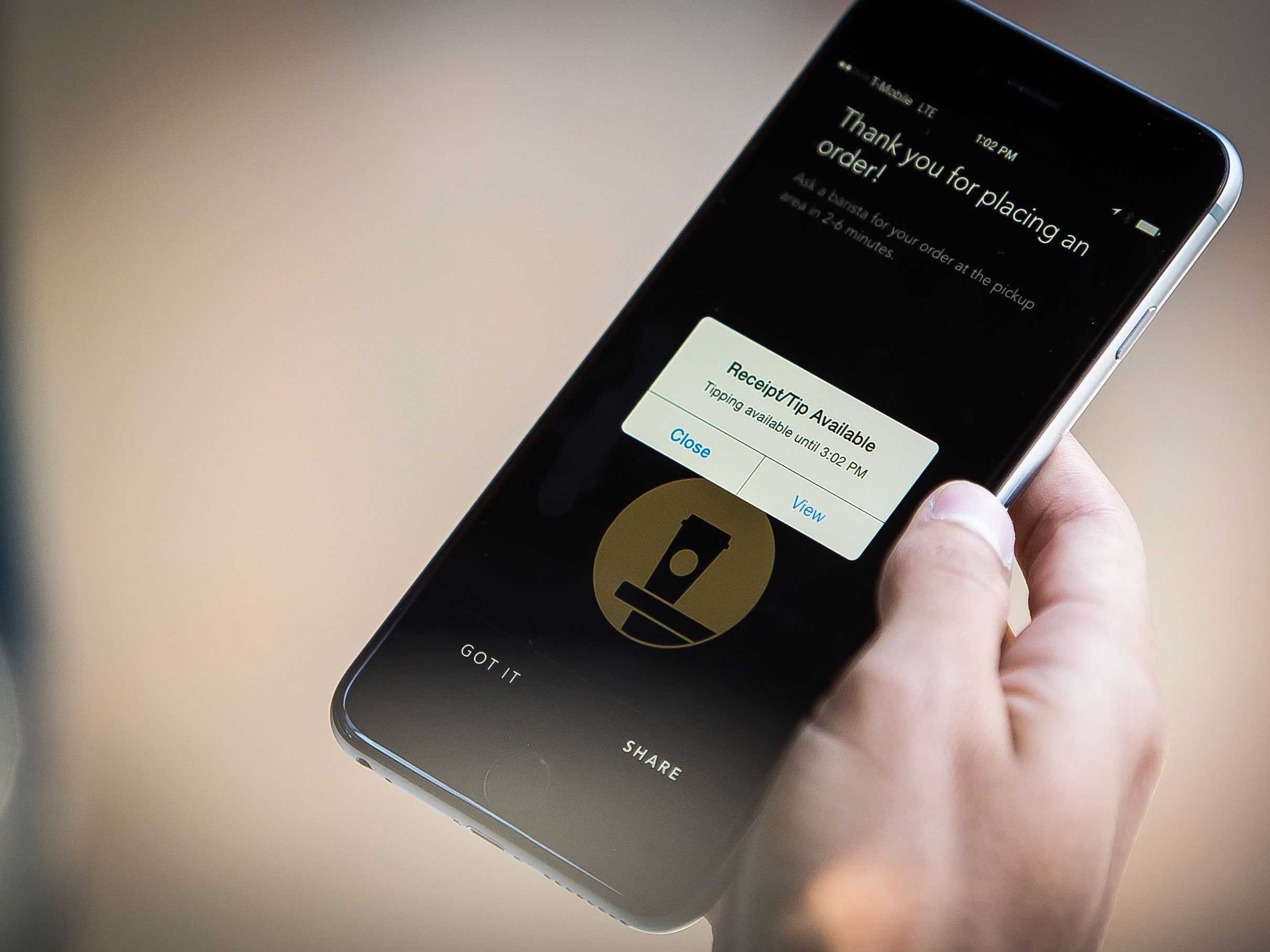NEW YORK, U.S. – When Starbucks launched its Mobile Order & Pay (MOP) feature, the in-app pre-ordering option was supposed to improve the experience for both customers and baristas. However, the growing popularity of the option is causing untold chaos at branches all across Manhattan, as reported by Business Insider in the following analysis.
One of Starbucks’ biggest strengths is becoming a huge problem for the chain.
Mobile ordering, which allows customers to order and pay on a smartphone before entering the store, has caused bottlenecks during busy hours at some of Starbucks’ most popular locations. The crowds of customers waiting for their lattes and Frappuccinos have even started to discourage walk-in customers from entering stores.
In January, Starbucks reported that transactions, an important measure of customer traffic, dropped 2% in the most recent quarter, in part because of problems caused by mobile ordering.
Customers have used social media to complain about long mobile-order wait times.
Starbucks baristas seem equally annoyed by mobile-ordering issues.
“We are almost at the two year mark for when mobile order started and it’s singlehandedly killed the job for me,” a Reddit user wrote two months ago. “Too many people use it now and it completely interrupts the work flow. It is just not how stores are set up. ”
“I AM NOT A VENDING MACHINE,” another Reddit user wrote. “Just because you mobile order, does not mean you are guaranteed not to wait.”
To see whether the problem was really as bad as some people on social media were making it out to be, Business Insider spent a week ordering daily from the coffee giant’s app.
Our takeaway: People have reason to be frustrated with Starbucks’ mobile-ordering platform. And the coffee giant needs to make some changes — fast.
A waiting game
To face Starbucks’ problem head on, I decided to visit a popular, high-traffic location in Manhattan every morning at roughly 8 a.m., which is prime time for commuters heading to work.
While Starbucks promises that mobile orders will be ready within three to five minutes of placing an order, the chain fulfilled this promise in just one out of five visits. Three of my orders took roughly 10 minutes — more than twice as long as promised.
The process was far from seamless. Customers crowded around in the back of the store waiting for their drinks. And baristas at times called out mobile orders for customers who were not yet there to pick up their beverages.
There was no discernible relationship between the numbers of people waiting in line and of people in the crowd waiting for their beverages. One of my longest waits, which took 10 minutes, 35 seconds, occurred when there was no line at the front of the store; another day, I received my drink in 4 minutes, 15 seconds despite a crowd of customers waiting to order.
The worst part: Ordering via mobile didn’t necessarily save time. Walking in, waiting in line, and ordering at the counter also took me about 10 minutes.
Early solutions
Starbucks realizes it has a problem.
UBS restaurant analyst Dennis Geiger said on a call with reporters in early March the coffee giant was already working to slightly tweak store layouts to free up more space at the pickup counter for mobile orders.
Starbucks’ old system for mobile pickups requires baristas to crowd drinks on or behind the counter and repeatedly call absent customers’ names.
Executives have reportedly discussed adding cubbies at some locations, and some stores are already testing the new layouts.
My location had added a shelf where baristas placed mobile orders that were ready for pickup. Other locations have adopted less elegant approaches. My colleague in Richmond, Virginia, observed that a location was using green tape to delineate its mobile-ordering pickup area.
Another short-term solution Starbucks is considering is adding more employees focused solely on mobile orders at busy hours — something that would speed up orders but also cost the company more in terms of employee pay and result in more crowding behind the counter.
While the demand for mobile order-and-pay “presents challenges, we’re taking intentional and necessary steps to manage the congestion,” a Starbucks representative told Business Insider, saying the chain had already started making adjustments in locations. “This includes everything from adding new roles and resources for our stores.”
What’s next
In the long term, Starbucks is planning even bigger changes.
One potential solution is removing merchandise, like mugs, from stores to free up space, according to Geiger, who said these items could be sold exclusively online.
A more intensive solution is a revamp of stores’ designs. Starbucks may reconfigure some locations to make room for two separate lines: one for in-store orders and one for mobile orders. According to Starbucks’ representative, the evolution of stores moving forward will depend on each location’s specific problems and needs.
Starbucks is already revamping hundreds of stores, with plans to install Reserve Bars serving more complex, upscale beverages at 20% of its locations.
One type of solution that Starbucks has not mentioned is tech-focused: adjusting the app to either provide customers more accurate wait times or better space out how mobile orders are placed at stores.
Ultimately, it will probably take some combination of several fixes to ensure that Starbucks’ mobile-ordering system doesn’t implode as it expands. Both customers and baristas’ concerns will need to be addressed, and different shops will require different solutions.
Across the US, more customers are ordering Starbucks via apps than ever before. Starbucks’ mobile-and-pay app is responsible for 8% of orders in the US — more than double last year’s figure.
Kate Taylor
















